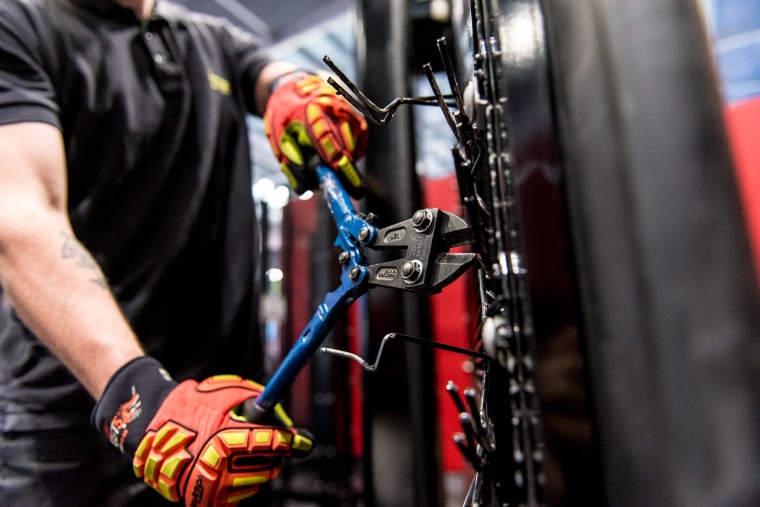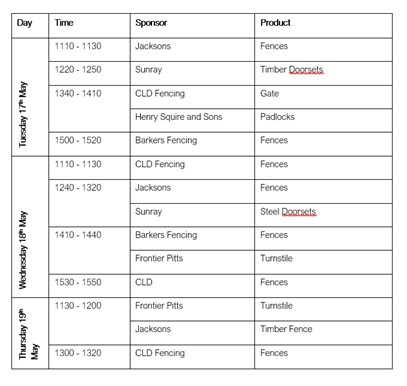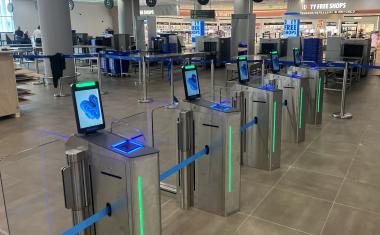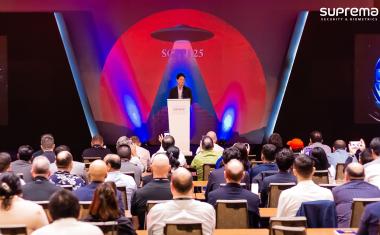Ifsec’s LPCB Attack Testing Zone Schedule Available
Testing resistance to forced entry and the capabilities of products certified to LPS1175

The LPCB Attack Testing Zone, where physical security products are put to the test by trained engineers in live forced entry attacks, returns to Ifsec between 17-19 May 2022 at London’s ExCeL. Ifsec now reveals the full line-up of the products that will be on show.
Each year, the LPCB Attack Testing Zone at Ifsec International attracts thousands of visitors, and 2022 is set to be no different. Throughout the course of the event, attendees can observe live test sessions, carried out by professionals from the LPCB team to demonstrate the effectiveness of some of the most robust physical security equipment in the industry.
The Attack Testing Zone will showcase a wide range of products used to protect high-security facilities and sites, such as critical infrastructure, and mitigate against the potential risks of terror incidents, including:
- Fencing
- Gates
- Turnstiles
- Doorsets
- High security padlocks
Over the course of the show, BRE’s expert team of security test engineers will carry out a series of live forced entry tests on a variety of security products, demonstrating the rigorous approach taken when evaluating products’ resistance to forced entry, the capabilities of products certified to LPS1175 and the dangers of selecting uncertified products.
List of sessions:















